
Creating a balanced plate is an essential step toward achieving optimal nutrition and overall health. This journey, far from being a mundane task, is an exciting exploration into the world of healthy eating. In this article, we’ll dive into the fundamentals of constructing a nutritionally balanced meal, focusing on the synergy between various food groups.
We’re not just laying out a diet plan; we’re embarking on a culinary adventure that combines science and sensibility. Our guide will navigate through the complexities of macronutrients and the vital role of micronutrients, all while keeping portion control in check.
But it’s not all about what’s on your plate; we also emphasize the importance of hydration, a key yet often neglected aspect of a balanced diet. Join us as we unveil practical, adaptable strategies for building your plate, tailored to fit diverse lifestyles and dietary needs. Get ready to transform your eating habits into a fulfilling journey towards a healthier you.
Understanding Food Groups and Macronutrients
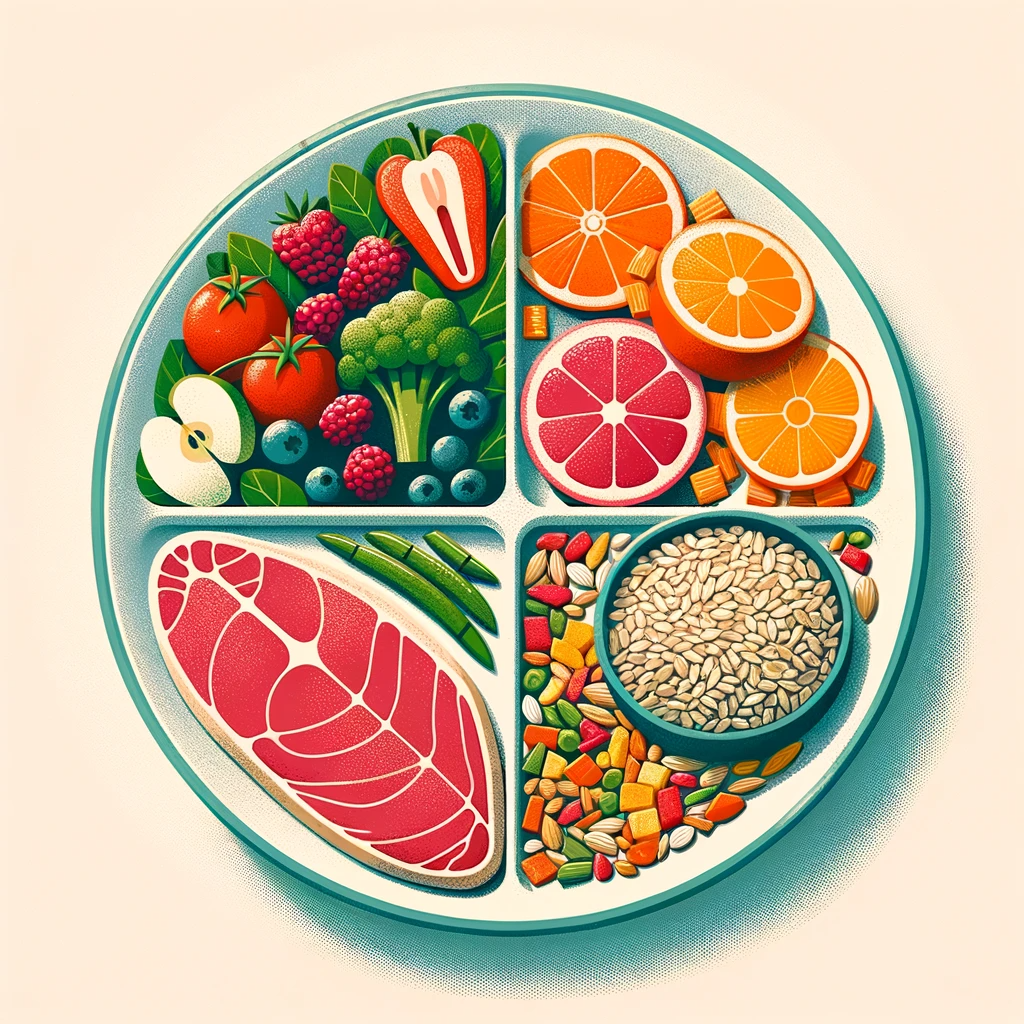
Diving into the realm of food groups and macronutrients unveils a fascinating world within our plates. It’s a world where each group plays a distinct, yet interconnected role in nourishing our bodies. Let’s embark on this insightful journey, unveiling the mysteries of what fuels us.
Firstly, we meet the macronutrients: carbohydrates, proteins, and fats. Carbohydrates, the energy maestros, are not just about bread and pasta. They’re in fruits, vegetables, and grains, offering the fuel our bodies crave. Proteins, the building blocks, are crucial for muscle repair and growth. They’re found in meats, dairy, and plant-based sources like lentils and beans, catering to varied dietary preferences. Fats, often misunderstood, are vital for nutrient absorption and brain health. They’re not just in oils and butter; avocados, nuts, and seeds are also rich sources.
Each of these macronutrients plays a unique role, yet they perform best when in harmony. A plate lacking in one is like a symphony without its violins – incomplete. Understanding this harmony is key to building not just a balanced plate, but a balanced lifestyle.
Now, let’s turn to the food groups. Picture a colorful palette, each color representing a different group. There are fruits and vegetables, bursting with vitamins, minerals, and fiber. Grains, both whole and refined, offer a world of choices from brown rice to quinoa. Proteins vary from lean meats to tofu, each with its unique benefits. And let’s not forget dairy or its alternatives, providing calcium for strong bones.
Understanding these groups and macronutrients is like having a map in the world of nutrition. It guides us in making choices that lead to a healthier, more vibrant life. So, as we continue our journey in the next sections, remember: every food choice is a step on the path to wellness.
The Significance of Micronutrients in Diet

Micronutrients, though tiny in name, play a colossal role in our diet, orchestrating a range of vital bodily functions. Think of them as the unsung heroes of our nutrition story, often overshadowed by their macronutrient counterparts, yet just as crucial. This section delves into the significance of these nutritional powerhouses.
Vitamins and minerals make up this mighty group, each with a unique role. Vitamins like C and D, and minerals such as calcium and iron, are more than just names on a nutrition label; they are essential for maintaining our body’s equilibrium. Vitamin C, for instance, isn’t just about preventing colds; it’s a key player in collagen synthesis, vital for skin and joint health. Similarly, vitamin D goes beyond its bone health fame, playing a role in immune function and mood regulation.
Micronutrients also wear the hat of disease fighters. They work tirelessly, warding off illnesses, and keeping our bodies functioning at their peak. Iron, for instance, isn’t just about avoiding anemia; it’s essential for transporting oxygen throughout our body, fueling our energy levels. Calcium, on the other hand, does more than build strong bones; it’s crucial for heart and muscle function.
But it’s not just about having these nutrients; it’s about balancing them in your diet. Too little, and we risk deficiencies; too much, and we face other health challenges. It’s like a delicate dance, where each step – each micronutrient – must be in sync with the rest.
As we venture further into the world of micronutrients, remember this: they might be micro in size, but their impact on our health is anything but. They are key characters in the narrative of our well-being, deserving attention and understanding.
Mastering Portion Control
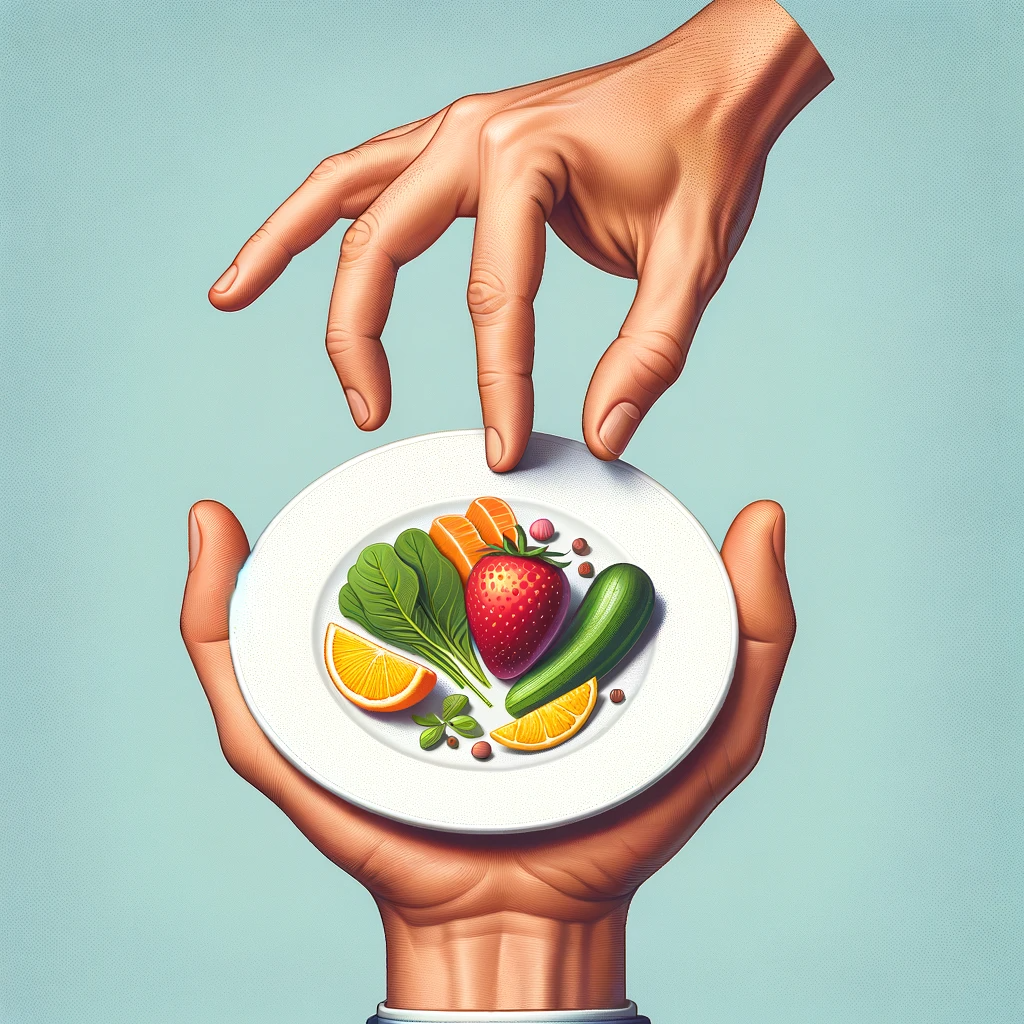
Mastering portion control is akin to being a skilled conductor of an orchestra, where every instrument plays its part in harmony. It’s about understanding the right amounts of each food group, ensuring a balanced diet without overindulgence. This critical skill isn’t just about weight management; it’s a fundamental aspect of healthy eating.
Visual cues can be immensely helpful in this regard. Imagine your plate divided into sections: half filled with colorful vegetables and fruits, a quarter with lean proteins, and the remaining quarter with whole grains. This simple visual guide helps create a balanced meal with appropriate portion sizes. It’s not just what you eat; it’s also how much you eat that counts.
But, portion control extends beyond the plate. It’s about listening to your body’s hunger and fullness signals, eating mindfully. When we tune into our body’s needs, we often find that we need less food than we think. And remember, it’s perfectly fine to save leftovers for another meal, rather than feeling obliged to finish everything on your plate.
Moreover, the tools we use, like smaller plates or measuring cups, can subtly guide us to serve appropriate portions. It’s about making smart choices that lead to a healthier lifestyle. Portion control is not just a diet strategy; it’s a lifelong approach to eating right.
In conclusion, mastering portion control is a journey, not a destination. It’s about making consistent, mindful choices that contribute to long-term health and well-being. By embracing this approach, we step closer to a balanced, nutritious lifestyle.
Creating Colorful and Diverse Plates
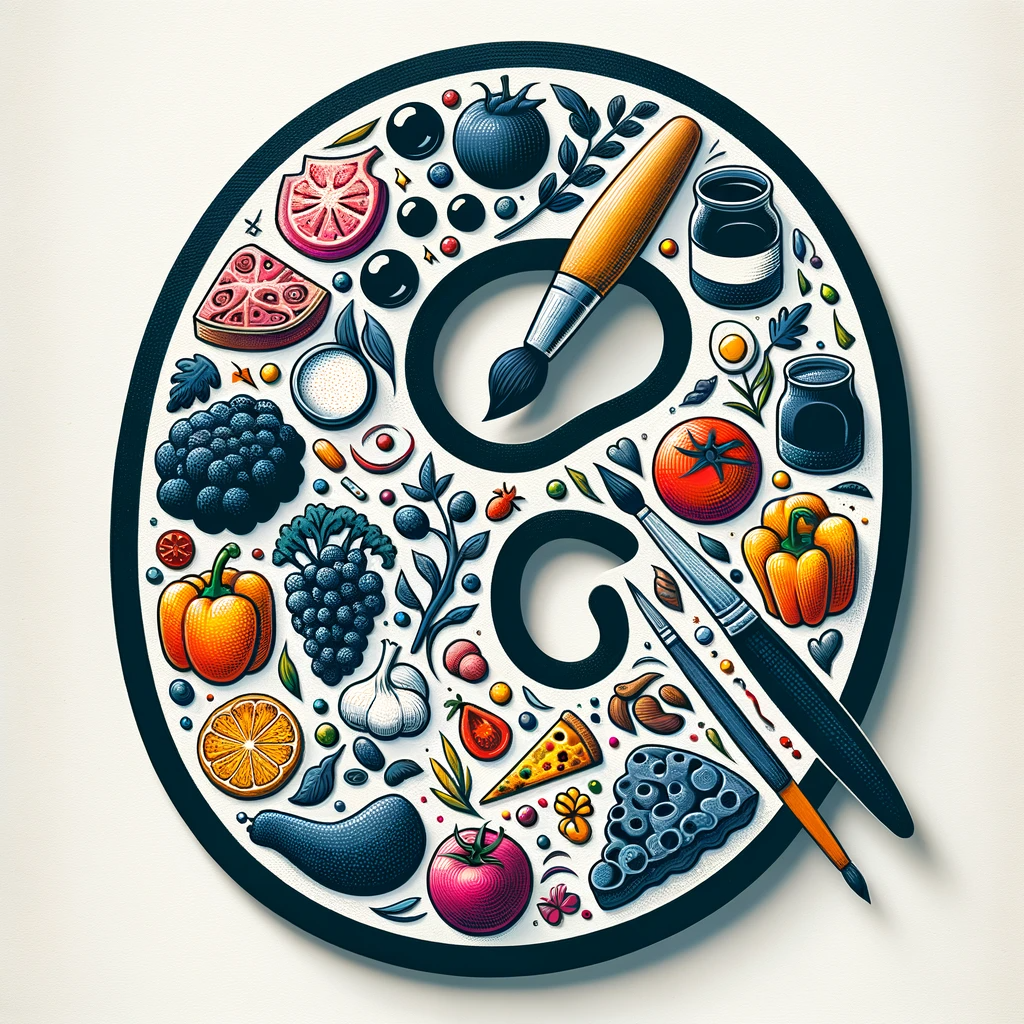
Creating colorful and diverse plates is akin to painting a masterpiece, where each stroke adds a layer of flavor and nutrition. It’s an approach that turns every meal into a celebration of diversity and health. This vibrant strategy is not just about aesthetics; it’s deeply rooted in nutritional science. A variety of colors on your plate typically means a wealth of vitamins, minerals, and antioxidants.
Think of greens, reds, yellows, and purples, each color representing a set of nutrients. Green vegetables, for instance, are rich in vitamins A, C, and K, while red fruits and veggies boast antioxidants like lycopene. Incorporating a spectrum of these colors not only makes the meal visually appealing but also ensures a comprehensive nutrient intake.
But it’s more than just colors. Diversity in food types is key. Combining different food groups, like lean proteins, whole grains, and healthy fats, contributes to a well-rounded diet. It’s about balancing the macronutrients and micronutrients, catering to your body’s needs. And remember, variety keeps meals exciting and can spark a renewed interest in healthy eating.
By embracing the art of creating colorful and diverse plates, we not only feed our bodies with essential nutrients but also our souls with culinary joy. This approach is a celebration of life’s diversity, mirrored on our plates, nourishing us in every bite. Let’s cherish this colorful journey in our quest for health and vitality.
The Role of Hydration in a Balanced diet

Hydration is often the unsung hero in our quest for a balanced diet. It’s like the cool breeze on a hot day – refreshing, vital, and often underestimated. As a young nutritionist, I want to highlight that staying hydrated is not just about quenching thirst; it’s a key ingredient in the recipe for good health. Water is essential for our body’s basic functions, like transporting nutrients and flushing out toxins. It’s the body’s natural elixir, vital for digestion, absorption, and even maintaining our energy levels.
Now, how much water should you drink? The ‘eight glasses a day’ rule is a good start, but remember, your needs might vary. Factors like activity level, climate, and even your diet play a role. And it’s not just about water; other beverages and high-water-content
foods contribute to your hydration. Think cucumbers, watermelon, or herbal teas. These can be delicious, hydrating additions to your diet. So, while you focus on what’s on your plate, don’t forget what’s in your glass. Hydration plays a pivotal role in a balanced diet, and it deserves as much attention as your food choices. By keeping hydrated, you’re not just drinking water; you’re nourishing every cell in your body, paving the way for vibrant health and energy. Stay hydrated, and watch your journey to a healthier you become a little easier and a lot more refreshing!
Planning Sustainable and Enjoyable Meals
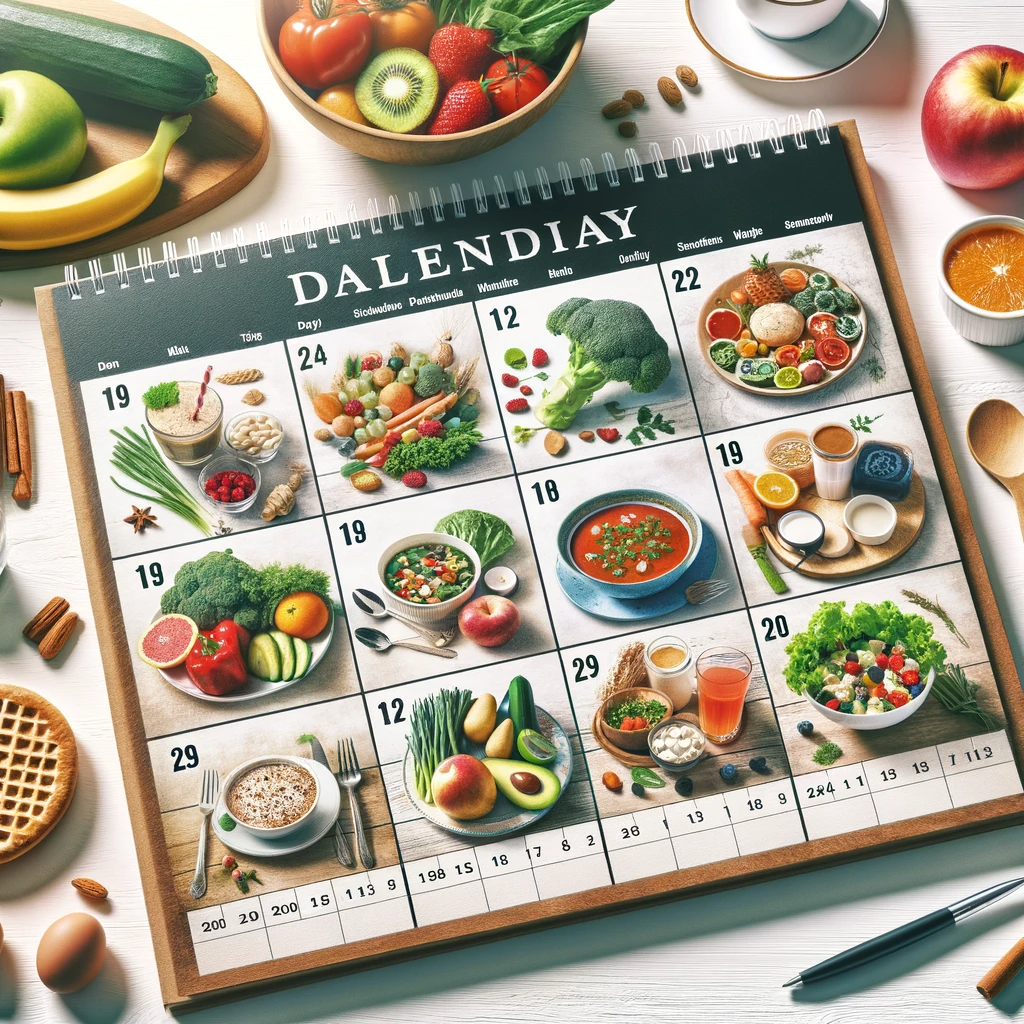
Planning sustainable and enjoyable meals is key to a lasting healthy eating journey. It’s about finding that sweet spot where nutrition meets personal preference. Think of meal planning not as a strict regimen, but as a creative process. Start by picking foods you love and then find ways to make them healthier. Maybe it’s swapping out certain ingredients, or experimenting with cooking methods like grilling instead of frying.
Remember, variety is the spice of life. Mix up your meals throughout the week to keep things interesting and to ensure a wide range of nutrients. This could be trying a new vegetable each week, or experimenting with international cuisines. Planning ahead is also crucial. It saves time, reduces food waste, and helps you resist the temptation of unhealthy options.
Above all, be flexible and kind to yourself. If a meal plan doesn’t work one week, tweak it for the next. Sustainable eating is a journey, and every small step counts. So, embrace the process, enjoy the flavors, and watch your love for healthy eating grow.
Conclusion: Embracing a Balanced Dietary Lifestyle

Embracing a balanced dietary lifestyle is like setting sail on a vibrant journey of health and flavor. It’s about making choices that nourish both body and soul. As we conclude, remember that balance is key, not just in the variety of foods, but also in how we approach eating. It’s a blend of nourishment, enjoyment, and mindfulness. Each step you take towards this balanced lifestyle, no matter how small, is a victory. Celebrate the colorful plates, relish the hydration, and cherish the joy of healthy meals. This journey is continuous, and every meal is an opportunity to fuel your body and enrich your life. Keep exploring, keep enjoying, and let this balanced dietary lifestyle be a joyful, lifelong adventure.


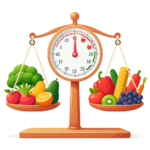

Leave a Reply